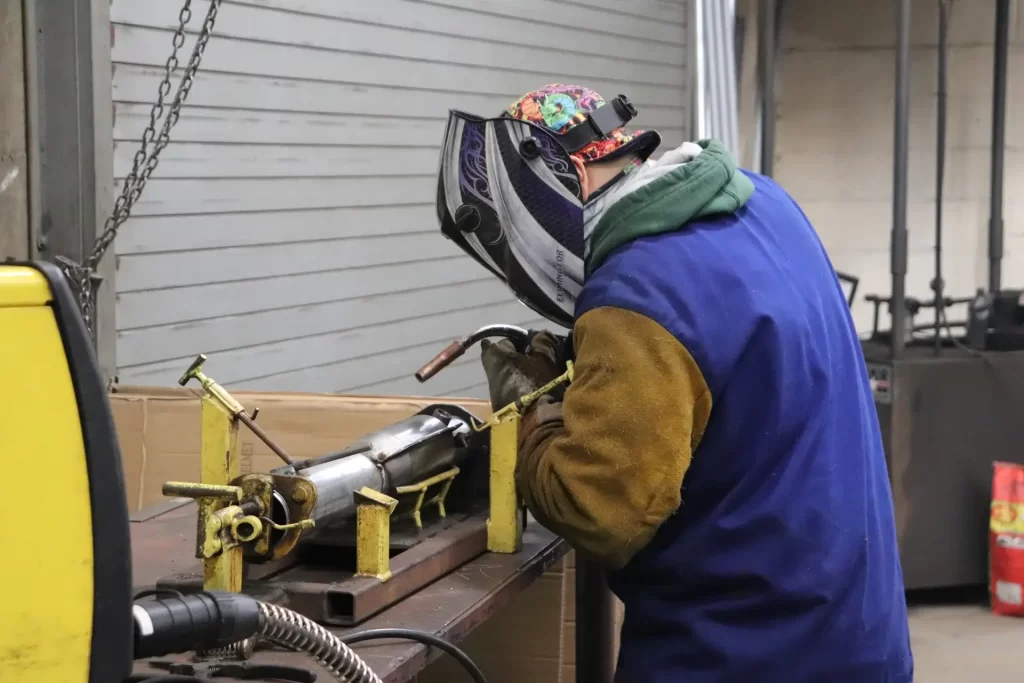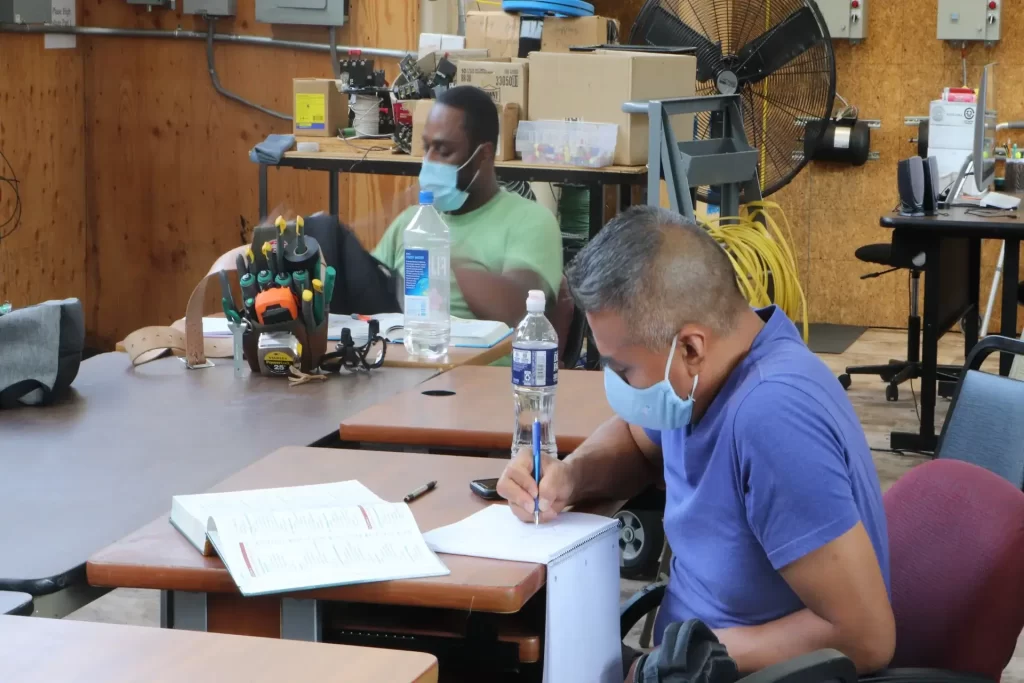Automation in the welding industry has been an evolving trend since the 1970s. Thus, there has been a rise in demand from end-user enterprises, and market growth is on the upswing. These demands in the welding industry have been supported by the continued technological improvements surrounding both automation and welding.

Safety should always be the priority. While this is not a recent trend, fabricators will proceed to take steps to keep employees safe. Without the proper precautions for safety, automated welding can be hazardous. Some of the common hazards are:
To enhance the safety surrounding automated welding, there has been more and more adoption of light security curtains, interlocking perimeter guards, laser scanners, sensors, high-quality gear, pressure-sensitive safety mats, auto doors, better smoke extraction systems, etc.
The emergence of IoTs, the network of people, processes, data, and things, will increase the number of connected appliances worldwide from billions of units to tens of billions that will be deployed in the future. Also, AI, robotics, automation, and AR are just some of the technologies, but the key resides with the software utilized to control data and quality in the manufacturing processes.
This evolution is already observable in the welding industry, as harnessing information is becoming the new normal. The reason for this is the more stringent norms, which force the customers to demand better quality and require the manufacturers to deliver accurate documentation. When the welding data is gathered and stored in digital format, the welding transparency is improved, thus making information flow and quality control smoother in the welding processes. Furthermore, if the software is established on a cloud service, the chances of remotely monitoring welding quality will improve.
New technology will continue to emerge in welding courses as new tools and technologies that will see expansion include:
Moreover, a new automated welding positioner and seam tracking systemwill be released s in the future.
The COVID-19 pandemic has accelerated the digital business. This is good news for the welding job, particularly from the perspective of the manufacturing enterprise. A recent survey indicated significant or modest growth in earnings during the pandemic. This implies that the global demand for products is increasing, and the complex manufacturing industry will be looking vigorously for modern technologies to optimize their operations.
For welding, this may also mean an increasing demand for robotic welding because the manufacturing industry has recognized the need to take up technologies to attain more resilience. Advanced technologies such as computer vision, sensors, machine learning, cloud computing, robotics, and 5G network infrastructure have improved supply chain resilience and efficiency for the people who adopt them.

The welding career will use collaborative systems to compensate for the rising skilled labor shortage. Collaborative welding systems are developed to share a workspace with humans creating a safe automation environment. This is one of the recent trends in welding as it can be deployed efficiently, used for various welding applications, and is reasonable compared to extensive robotic systems.
For those looking to improve their automated welding work, adaptive controls are the priority. Adaptive controls are used to examine welding data to make corrections and modifications based on the results. These corrections are created automatically to the weld current in real-time. Therefore, the data is vital for improved quality and optimization.
With the use of new and improved welding technology, there are numerous opportunities for a career in welding to increase productivity and uncover cost and time savings. In addition, technology advancements can enable you to address critical welding challenges, which will help you to stay competitive.
Read More